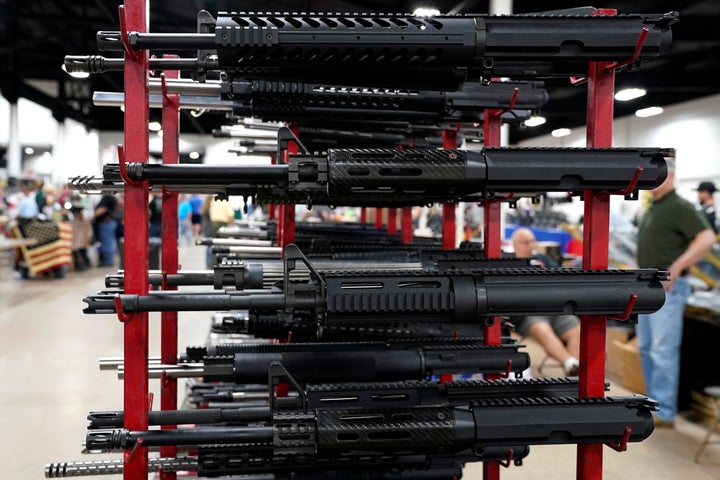
Cross-posted from TomDispatch.com
Here’s a cheery note for you: the last mass killing of 2017 took place moments before midnight on New Year’s Eve. A 16-year-old New Jersey boy picked up a semi-automatic rifle, “lawfully acquired” by a member of his family, and killed his father, mother, sister, and a family friend. In doing so, he helped ensure that 2017 would be the deadliest year for mass killings in our modern history. (There is now, on average, slightly more than one mass killing a day in this country.) Nonetheless, guns of all sorts, including military-style assault rifles and even bump stocks like the 12 Stephen Paddock evidently used to turn his semi-automatics into functional automatics and slaughter 58 people from a hotel window in Las Vegas, are still readily available. Nowhere on Earth, not even in ravaged Yemen (which takes second place in gun ownership), is more weaponry available to more types of people. As the years go by here, such weapons are more easily and openly carried with only the most minimal of background checks (or less than that). Think about this: Americans, 4.4 percent of the people on this planet, own 42 percent of the guns and commit 31 percent of the mass killings.
Oh, and I did promise you that there was something cheery in all this, didn’t I? So here it is: the Trump administration, knowing a good thing when it sees it, is now hard at work ensuring that American weapons makers will make it a remarkably similar world. Its officials are intent, it seems, on recreating the planet in an American image. Keep in mind that U.S. arms makers like Lockheed, Raytheon, and General Dynamics already monopolize the global arms market in a way that should (but in this country regularly doesn’t) stagger the imagination. U.S. weapons sales in 2016, for instance, took about 50 percent of global market share and many of those major weapons systems went into planetary hot spots, including Yemen (thanks to the American-backed Saudi war of annihilation there). Weaponry from other countries, year after year in this century, came in a distant second, third, or fourth. Between 2012 and 2016, in fact, the U.S. sold weaponry to at least 100 countries.
So Washington is already, in significant ways, arming the world, but evidently, as far as President Trump and the weapons makers he loves are concerned, not yet enough of it. As a result, his administration is reportedly planning to open the global spigot on the very sorts of weapons now regularly used in this country for mass killings, making it far easier for American gun and ammunition manufacturers to sell to anyone interested abroad and far harder for law enforcement here to track whose hands those weapons end up in. Administration officials supposedly plan to cut down on oversight for such sales by making the Commerce Department, not the State Department, responsible for them, while streamlining small arms export controls, a process the Obama administration began. At news of this, the (non-bump) stocks of gun manufacturers surged.
Think of this in Trumpian terms as the global deregulation of American firearms which could, in turn, according to critics, put such weaponry ever more easily in the hands of both criminal gangs and extremist groups. If this happens, we’ll truly be in an open carry, NRA world, and Donald Trump will have fulfilled a campaign promise made at that organization’s annual meeting last year. (“You came through for me and I am going to come through for you.”)
From nuclear weapons to handguns, “arms control” increasingly seems like a concept from another century. There are nonetheless voices still speaking up against the wholesale American weaponization of the planet and one of the most knowledgeable is that of TomDispatch regular William Hartung, director of the Arms and Security Project at the Center for International Policy. So in his latest piece, “War Pay,” let him fill you in on what the coming boom years are likely to look like for the Pentagon, the arms makers, and their weaponry.
